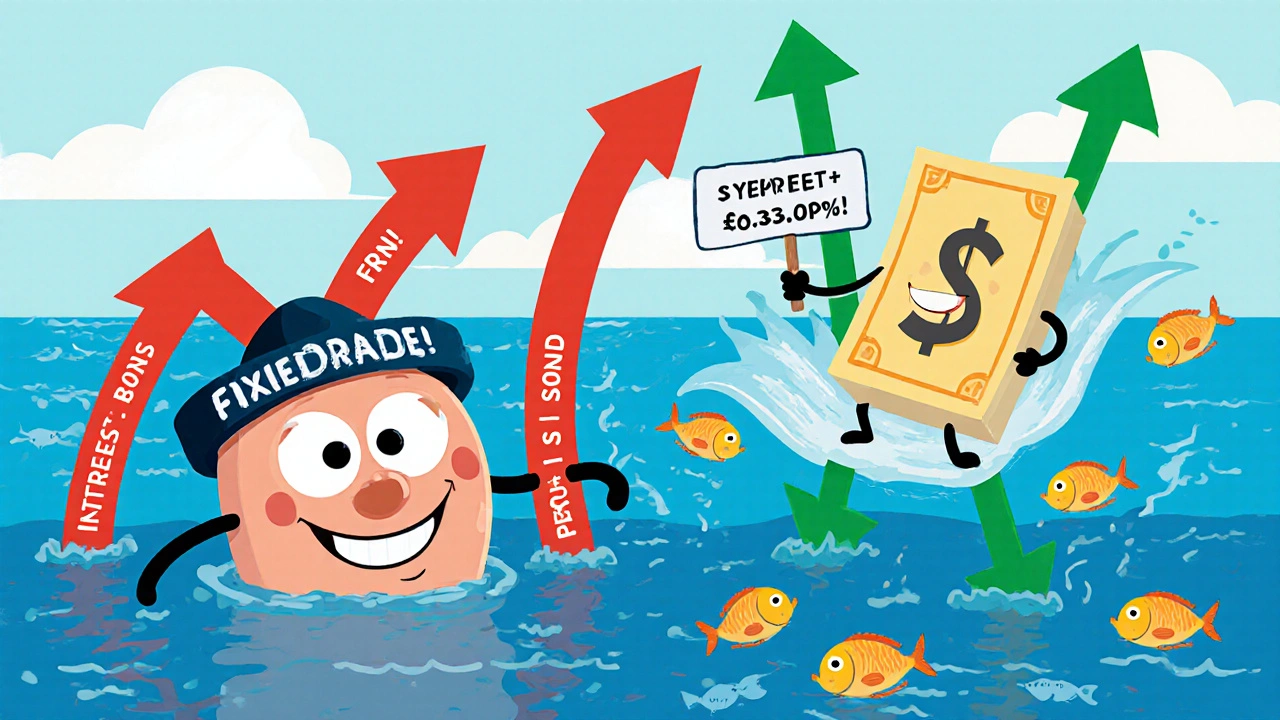SOFR Explained: How the Secured Overnight Financing Rate Shapes Your Investments
When you hear SOFR, the Secured Overnight Financing Rate, a benchmark interest rate based on actual transactions in the U.S. Treasury repurchase market. Also known as Secured Overnight Financing Rate, it's the main replacement for LIBOR — the old benchmark that collapsed under manipulation scandals. Unlike LIBOR, which was based on estimates, SOFR is rooted in real trades: billions of dollars in overnight loans backed by U.S. government bonds. This makes it harder to game and more reliable for pricing everything from adjustable-rate mortgages to corporate loans.
SOFR doesn’t just sit in a textbook — it’s now embedded in your financial life. If you have a variable-rate loan, a floating-rate bond, or even a student loan tied to a market index, there’s a good chance it’s now linked to SOFR. Banks and lenders switched over because regulators forced the change, but the shift wasn’t just about compliance. SOFR is more transparent, less volatile than older benchmarks, and reflects actual funding costs in the banking system. That’s why it’s becoming the standard for floating rate loans, loans where the interest rate adjusts based on a benchmark like SOFR, common in commercial real estate and corporate credit. It’s also why interest rate benchmarks, the reference rates used to set borrowing costs across financial products are now being rebuilt around data, not guesswork.
But SOFR isn’t perfect. It’s backward-looking, meaning it doesn’t predict future rates like LIBOR tried to. That makes it less useful for long-term contracts unless you add a spread or use an average. Some products now use SOFR compounded in arrears, a method that averages daily SOFR rates over a set period, smoothing out daily noise. Others use forward-looking term SOFR — a newer version still being tested by the Fed. If you’re managing a portfolio or reviewing loan terms, you need to know which version you’re dealing with. A 1% SOFR today doesn’t mean the same thing next month if the Fed changes rates or liquidity dries up.
You’ll find SOFR popping up in posts about tax-deferred annuities, bond total return, and asset allocation because it directly impacts how much income those products generate. When SOFR rises, bond yields climb. When it falls, adjustable-rate mortgages get cheaper. And if you’re holding floating-rate debt or investing in rate-sensitive ETFs, SOFR is the invisible hand shaping your returns. This collection of articles doesn’t just mention SOFR — it shows you how it connects to fees, taxes, risk, and real-world investment decisions. You’ll see how it affects your portfolio’s performance, how lenders use it to set rates, and why understanding it now can save you money later. No jargon. No theory. Just what you need to know to invest smarter in a SOFR-driven world.



